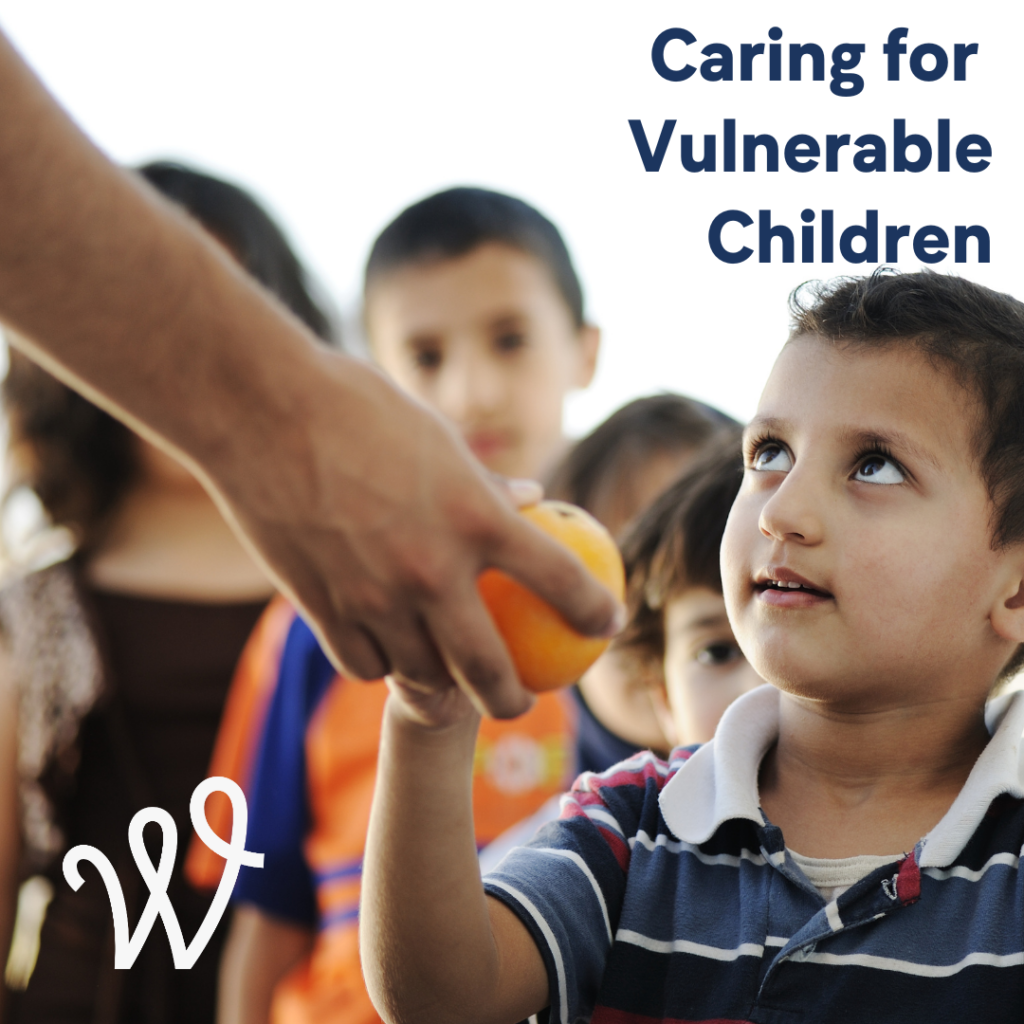There’s a lot of talk about human trafficking right now. It’s an important issue that demands our attention. As Christians who value the life of every person, we want to respond. We want to make sure vulnerable children in our country and at our borders are safe. What should we know?
Are Children Being Trafficked Across the U.S. Border?
First, we must understand what trafficking is. What is the difference between human trafficking and human smuggling? These two terms are often confused and conflated. It’s important to know the difference.
Our friend, Matthew Soerens, the Vice President of Advocacy and Policy at World Relief, is helping us sort out the difference. “Human trafficking sounds like illegally moving human beings. That’s not actually what human trafficking means from a legal perspective. From a legal perspective in the United States, human trafficking is when someone is made to work—in either commercial work or sex work—under force, fraud, or coercion.” We know trafficking is a problem that affects immigrants, but it also affects native-born citizens who never cross a border.
Soerens continues, “What is also a crime is smuggling. Smuggling is when someone illegally brings someone into the United States without appropriate permission.” Many of those coming across the border right now are being smuggled, paying someone to bring them into the U.S.”
We know from our contacts at KIND (Kids in Need of Defense) that few victims of trafficking are taken across an international border into the U.S. for the purpose of forced labor. Most victims inside the U.S. are trafficked within the borders and most that do come across a border, come through U.S. ports of entry, including airports.
What Happens When a Child Shows Up at the Border Alone?
The Trafficking Victims Protection Reauthorization Act of 2008 requires that any unaccompanied children who show up at the border must be screened for trafficking. It is an added protection that allows them to make it easier to apply for asylum and be placed in the safest setting as fast as possible. (Remember, an unaccompanied minor didn’t necessarily travel to the border alone. This is a legal term that means they are not with their legal guardian. They may have arrived with a sibling, another relative, a friend, or a group of migrants).
When unaccompanied children show up at the U.S. border, they are processed by immigration authorities, then referred to the Office of Refugee Resettlement (ORR). Federal law requires that ORR feed, shelter, and provide medical care for unaccompanied minors until they are released safely with sponsors. Many sponsors are family members of the children. Sometimes transitional foster families are needed to care for these children until sponsors can be verified, and women in our community have served in this capacity—offering Christlike welcome to children traveling alone.
We want to remain vigilant to ensure that children in the U.S. and those showing up at our borders stay safe. Many women in this community rallied around the TVPRA and we sent a letter with thousands of signatures on it to the previous administration urging them to ensure trafficking protections are kept in place to protect children in our country. Great job, ladies!
What Do We Know About Trafficking in the U.S?
In 2021, the National Human Trafficking Hotline identified 16,554 likely trafficking victims. Their data shows that victims are generally recruited by someone they know: 33% by a family member or caregiver, 28% by an intimate partner, and 22% by an employer. The Internet is the top recruitment tool used by traffickers.
According to the U.S. Bureau of Justice, over 2,000 people were referred to U.S. attorneys for human trafficking offenses in 2020. 92% were male, 63% were white, and 95% were U.S. citizens.
What About Trafficking in Mexico?
Vulnerable children traveling to the border to seek asylum in the U.S. are actually more at risk of trafficking when we turn them away and back into Mexico. Sorens reminds us, “When we send vulnerable people, not from Mexico but from some other country—often very far away—back to the border, they are very much at risk of trafficking and other violence. This is particularly true for children. That is why we, at World Relief, for a long time, have said we need to take particular concern for kids—especially an unaccompanied who is not with their mother or father or legal guardian.”
According to the 2023 U.S. State Department Trafficking in Persons Report, “As reported over the past five years, human traffickers exploit domestic and foreign victims in Mexico, and traffickers exploit victims from Mexico abroad. Groups considered most at risk for trafficking in Mexico include unaccompanied children, Indigenous persons, persons with mental and physical disabilities, asylum seekers and migrants, IDPs, LGBTQI+ individuals, informal sector workers, and children in gang-controlled territories. These groups commonly experienced risk factors including marginalization, intra-family and social violence, crime, and a need to migrate within the country or abroad to find employment.”
What Can We Do?
If your heart is stirred to compassion in this area, consider reaching out to our friends at KIND, who work to protect unaccompanied and refugee children.
If you are interested in transitional foster care for asylum seekers who are waiting to be reunited with family or other sponsors, contact Bethany Christian Services or Lutheran Immigration and Refugee Services.
And of course, you can keep praying for unaccompanied children! And you can stay tuned on our socials for advocacy and volunteer opportunities.

 This resource answers the most common questions Christians have about immigration and equips you to engage conversations with biblical clarity, truth, and grace.
This resource answers the most common questions Christians have about immigration and equips you to engage conversations with biblical clarity, truth, and grace.